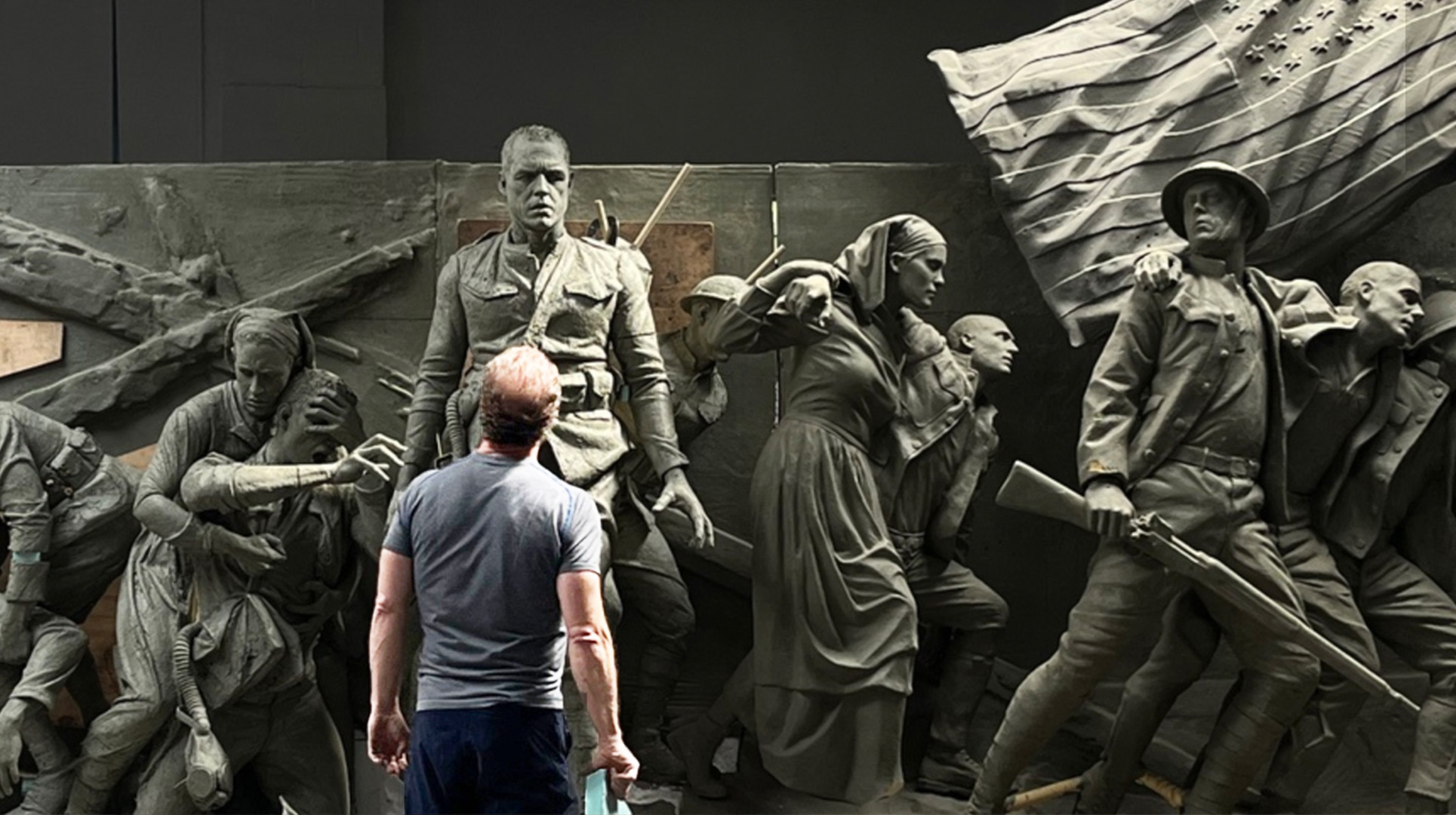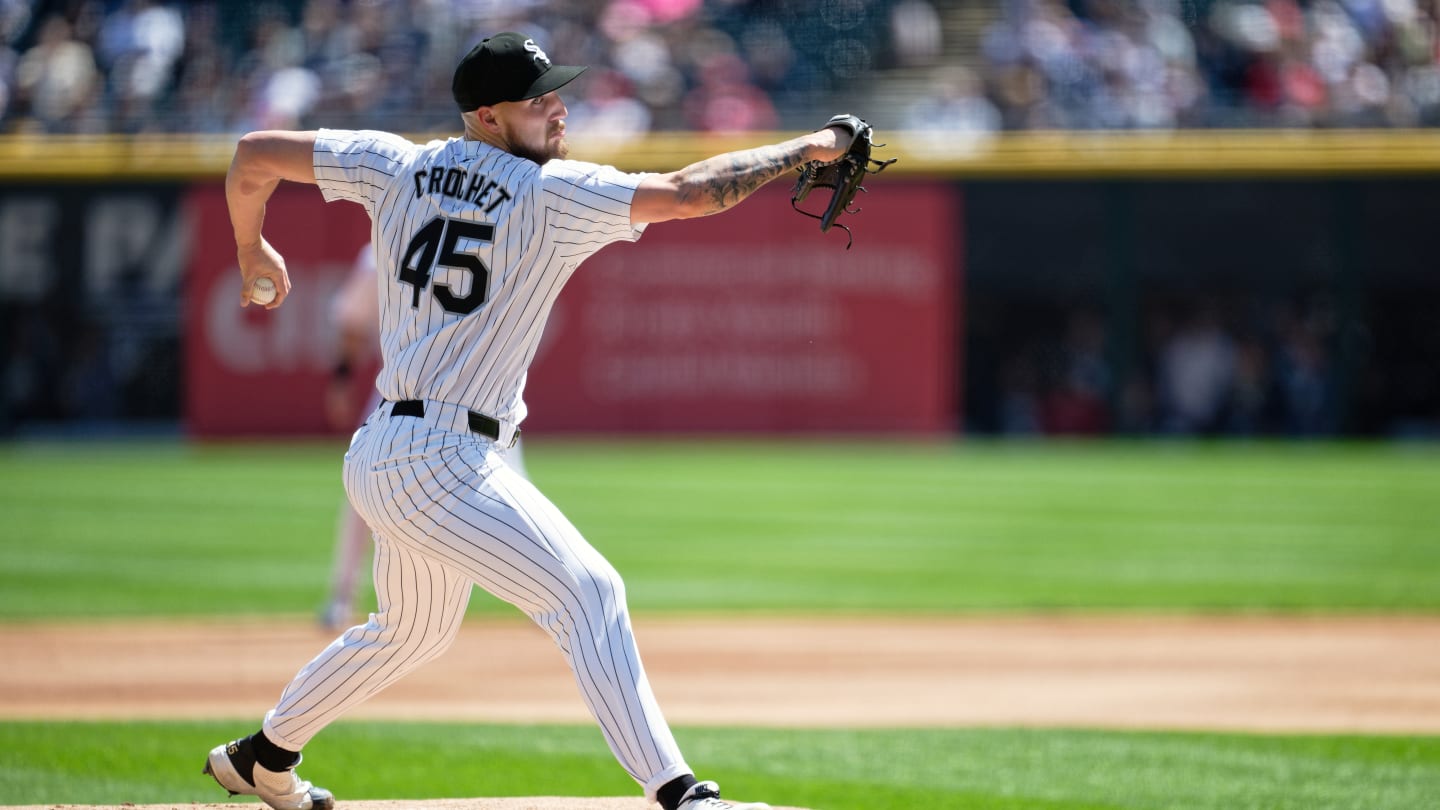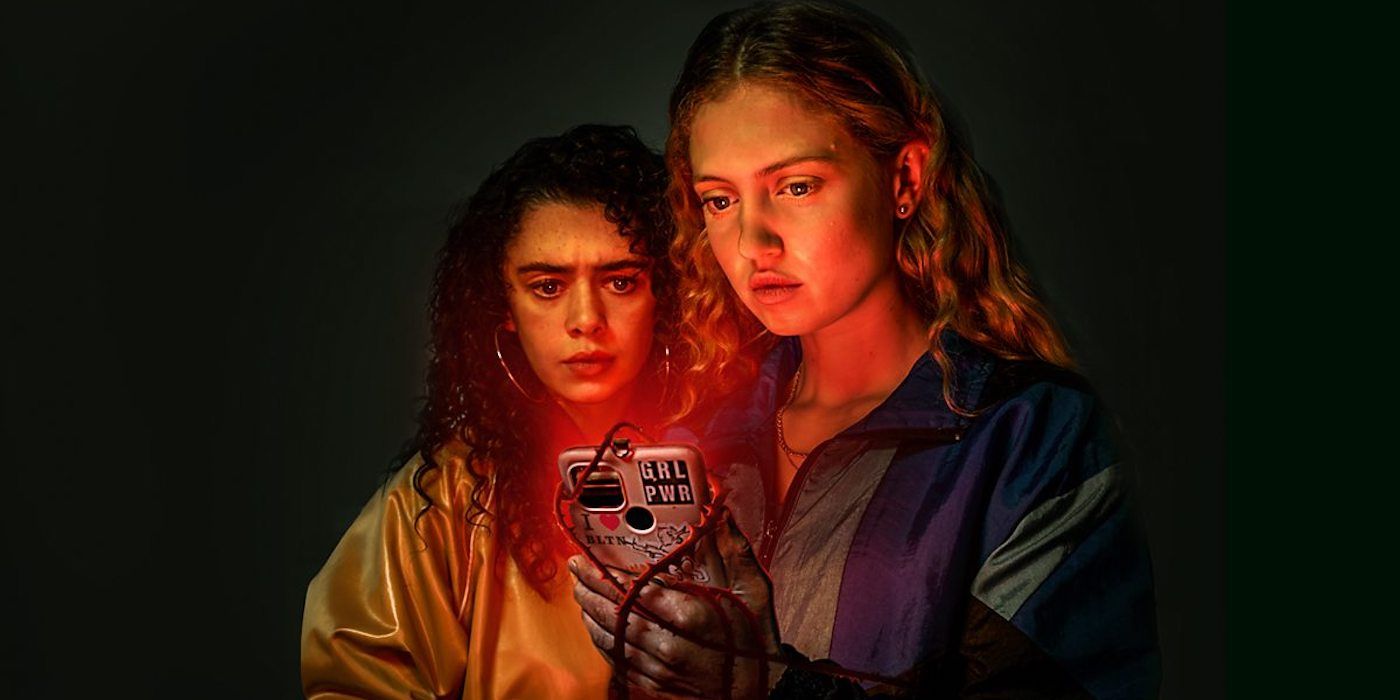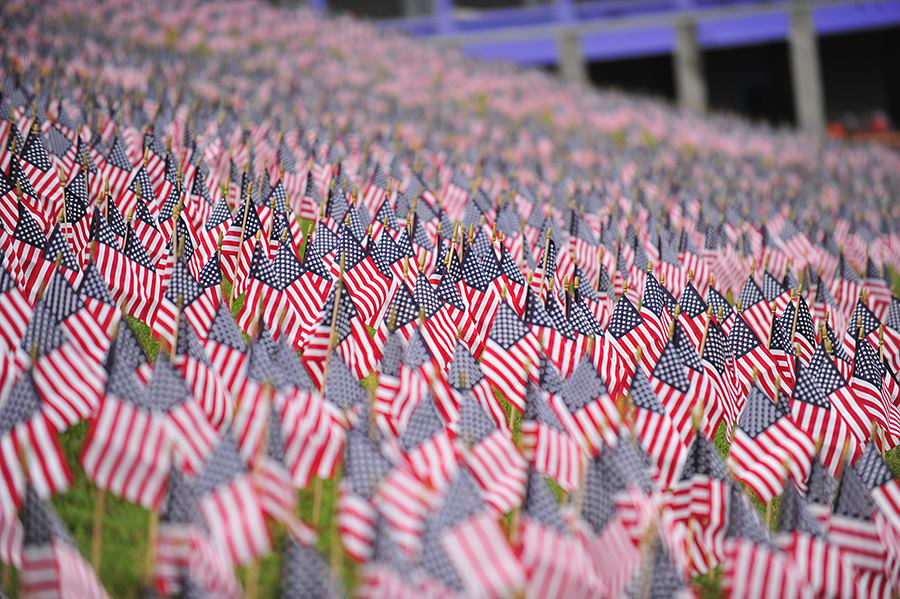The new memorial for the First World War served as a model for war veterans

A massive bronze relief sculpture that will serve as the National World War I Memorial has been in the works for nearly a decade, and will be shipped to the United States this week. The memorial features 38 larger-than-life figures, each telling part of the story of an American soldier who went to war and later returned. To accurately convey the expressions of terror, determination and experience on the bronze figures, the artist used modern-day war veterans as models behind the wall.
The 58-foot-long and 10-foot-tall sculpture will stand in Washington DC’s Pershing Park, a public space named after the general who led U.S. forces in Europe during the “Great War,” and will take up an entire side of the park. English sculptor Sabin Howard spent nearly ten years creating the monument. Spread along its entire length, bronze figures stand, fight, fall, kneel, crawl, climb and gaze, each representing a wartime experience.
“I went into this project not really realizing the sanctity of World War I and the magnitude of it,” Howard told Task & Purpose. “I’m a different person than I was when I started this. This project really brings a human, emotive quality to World War I, rather than just looking at it from a didactic history book.”
Howard’s team built the World War I memorial in an English foundry-turned-studio in four sections that will be shipped to Baltimore this week. The pieces will then be trucked to Washington and installed in Pershing Park. The official dedication is planned for September.

If the figures on the relief appear eerily lifelike, it is because Howard used live models for each figure. He first had college students pose, but then brought in veterans with extensive war experience to accurately depict the effects of war on people.
“You have to use veterans because the faces have to look like they’re carrying their combat history and what they’ve been through,” Howard said. “The expressions on their faces tell a pretty telling story about the horrors of war, and the image will hang on that wall forever because bronze conquers mortality.”
He honed his craft from a young age. He began drawing and later honed it as a master sculptor in Italy, where he spent many of his formative years. His experiences creating the massive monument fundamentally changed him as an artist.
“As a strict classicist, I was more esoteric in nature,” Howard said. “Now I’m more – I guess you could call me an expressive humanist. I’ve evolved into a very different way of sculpting and looking at art.”
Subscribe to Task & Purpose today. Get the latest military and culture news delivered daily to your inbox.
Howard began the World War I memorial by first creating a scaled-down version. He then made the full-size clay sculptures and sent them in sections to Pangolin Editions’ sculpture foundry, where they were cast into bronze replicas.
He completed the final clay sculpture in January and then traveled with his team to England, where they put the finishing touches on the bronze monument and completed the project on Friday.
“It feels like I just finished a four-and-a-half-year, massive effort, and now it’s over. That’s what it feels like,” Howard said. “I was going 100 miles an hour, and then all of a sudden it’s like you stop and you have all this momentum and energy in your body. It’s like, WTF, what do I do now? That’s what it feels like, and now I have to tackle another big project, as big as this one.”



